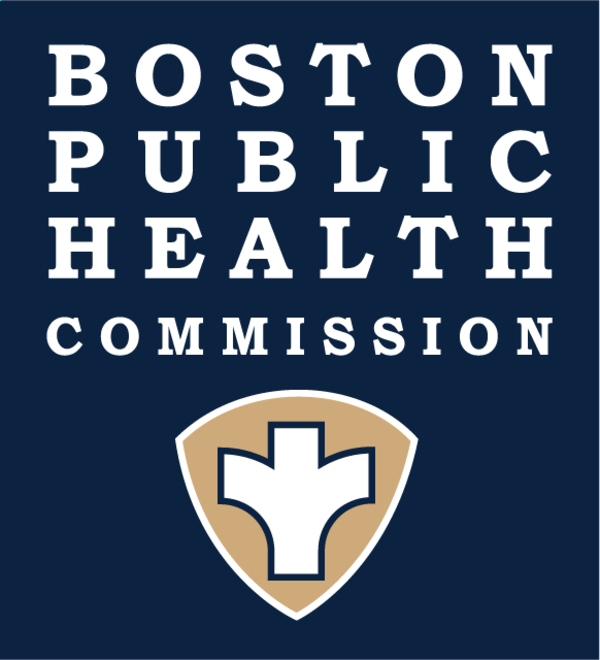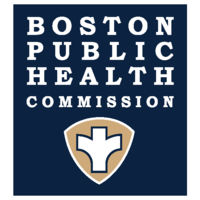Anaplasmosis
Anaplasmosis, also known as human granulocytic anaplasmosis, is a tick borne disease caused by the bacterium, Anaplasma phagocytophilum.
Anaplasmosis, also known as human granulocytic anaplasmosis, is a tick borne disease caused by the bacterium, Anaplasma phagocytophilum. Deer ticks (also known as blacklegged ticks) can spread anaplasmosis to humans on but it is very rare. Western blacklegged ticks can also spread anaplasmosis along the Pacific coast of the United States.
The basics
Where are ticks found?
You can find ticks in brushy, wooded, or grassy areas in Boston. Ticks are most active and most likely to spread disease between spring and early autumn, but can be active any time the weather is above freezing.
How is anaplasmosis spread?
Deer ticks cling to plants near the ground and attach to animals or people that come in direct contact with them. Ticks do not fly, jump, or drop from trees. Of the four life stages of ticks (egg, larvae, nymph, adult), nymphal and adult ticks are most likely to spread anaplasmosis. Deer ticks are very small, but adult ticks are larger and easier to find than nymphal ticks.
Ticks live up to 3 years and will bite animals as well as people. Most ticks do not carry anaplasmosis, and a tick bite does not mean that you will get the disease. If the an infected tick bites, it usually needs to attach for 12-24 hours before it can spread the bacteria that causes anaplasmosis. Quickly removing an attached tick decreases your chances of infection.
Symptoms
What are the symptoms of anaplasmosis?
Symptoms usually develop 1 to 2 weeks after infection. Symptoms can include fever, headache, muscle pain, general feeling of discomfort or feeling “out of sorts”, chills, nausea/abdominal pain, cough, or confusion. A rash is rare and may be a sign of another tick-borne illness (such as Lyme disease). More severe symptoms can include difficulty breathing, bleeding, renal failure, or neurological problems. In rare cases anaplasmosis can be fatal if it is not treated quickly. Immunocompromised individuals are more likely to experience severe illnesses if infected.
What should I do if I find a tick on myself, my child or my pet?
Remove attached ticks immediately using fine point tweezers:
- Do not squeeze or twist the tick, this can cause parts of the tick to break off and remain in the skin. Grasp the tick with tweezers close to the skin and pull straight out with the steady pressure. Do not use a match, petroleum jelly, or soap to remove the tick
- Clean the skin around the bite with soap and water or a disinfectant
- Mark the date and location of the bite for future reference
Testing & prevention
What should I do if I think I have anaplasmosis?
If you are experiencing some of the symptoms of anaplasmosis and believe that you have a tick bite, you should contact your healthcare provider.
Anaplasmosis can be difficult to diagnose because its symptoms are similar to other diseases. Your healthcare provider will ask you about your exposure to ticks. They will complete a physical examination and may also send laboratory tests. If your healthcare provider suspects you may have anaplasmosis, treatment is usually started right away.
How can I prevent anaplasmosis?
The best way to prevent anaplasmosis is to avoid areas where ticks are likely to live. Reducing cover and shade, keeping grass mowed, removing leaf litter and trimming shrubs and trees can keep areas less attractive to ticks. Other precautions to take while outdoors in areas with ticks:
- Wear long-sleeved shirts and long pants, and tuck your pant legs into your socks
- Light colored clothes can help you spot the ticks on your clothes before they reach your skin
- Exam pets for ticks
- Stay to the middle of paths when in a heavily wooded area
- Use insect repellents containing DEET on exposed skin. Read labels carefully. Use products with no more than 30% DEET. Do not use insect repellents on infants. Wash skin with soap and water after returning indoors
- There are other insect repellent products approved by the EPA for ticks other than DEET. Visit the EPA to find the right repellent for you
- Always check yourself and your children after being to a high risk area to find any ticks that may have attached. Remove all ticks immediately
Treatment
How is anaplasmosis treated?
Health care providers use antibiotics to treat anaplasmosis. If started early, antibiotics can prevent severe complications.





